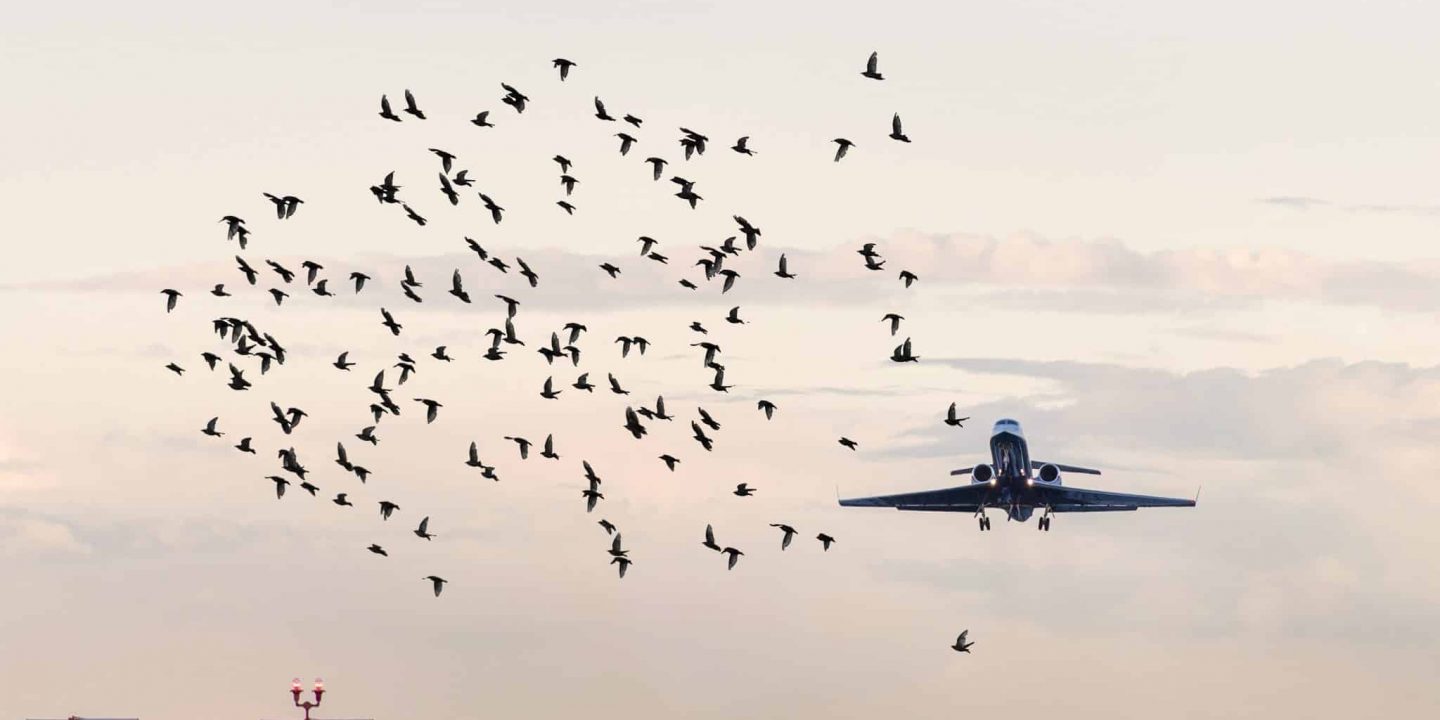
Bird strikes are common in aviation, with thousands of incidents reported each year. These collisions happen when birds collide with aircraft, often during takeoff or landing, and can pose significant risks to both the aircraft and its passengers. The prevalence of bird strikes, their potential consequences, and the measures to prevent them are crucial for aviation safety.
How Common Are Bird Strikes?
Bird strikes are more frequent than many might realize. In the United States alone, the Federal Aviation Administration (FAA) reports thousands of bird strikes annually, steadily increasing over the years. The rise in bird populations, particularly larger species like geese and gulls, has contributed to this trend. In fact, large birds are responsible for a significant portion of the damage, as they can inflict more severe damage to aircraft than smaller birds.

Are Bird Strikes Always Critical?
While bird strikes can lead to serious incidents, not all strikes result in critical situations. The severity of a bird strike depends on several factors, including:
- Size of the Bird: Larger birds can cause more damage than smaller ones. For example, strikes involving geese or raptors are more likely to result in significant aircraft damage.
- Phase of Flight: Most bird strikes occur during takeoff or landing when the aircraft is at lower altitudes and speeds, making them more vulnerable to collisions.
- Aircraft Type: Different aircraft have varying levels of resilience to bird strikes. Commercial jets are generally designed to withstand certain impacts, but severe strikes can still lead to emergencies.
Measures to Prevent Bird Strikes
Given the potential risks associated with bird strikes, airports and aviation authorities have implemented various measures to mitigate these incidents:
Habitat Management
Airports often modify their surrounding environments to make them less attractive to birds. This includes removing food sources, managing vegetation, and covering water bodies to deter birds from nesting nearby.
Bird Detection Systems
Advanced technologies, such as bird detection radar, are increasingly used to monitor bird activity around airports. These systems provide real-time data, allowing airport personnel to take proactive measures to prevent strikes.
Wildlife Hazing
Airports employ non-lethal methods to scare birds away from runways. This can include using noise makers, trained dogs, or even falcons to deter birds from the area.
Reporting and Data Analysis
Pilots and airport staff are encouraged to report bird strikes to the National Wildlife Strike Database. This data helps authorities understand bird behaviour and populations, leading to more effective prevention strategies.
Aircraft Design Improvements
Ongoing research into aircraft design aims to enhance resilience to bird strikes, including the development of stronger windshields and engine components.
Conclusion

Bird strikes are a common and significant concern in aviation, but not all incidents lead to critical outcomes. The aviation industry continues to work towards reducing the risks associated with bird strikes by implementing various preventive measures. By understanding the prevalence and potential consequences of these incidents, as well as the strategies in place to mitigate them, we can appreciate the ongoing efforts to ensure safer skies.
Read more on Lifetips.blog














